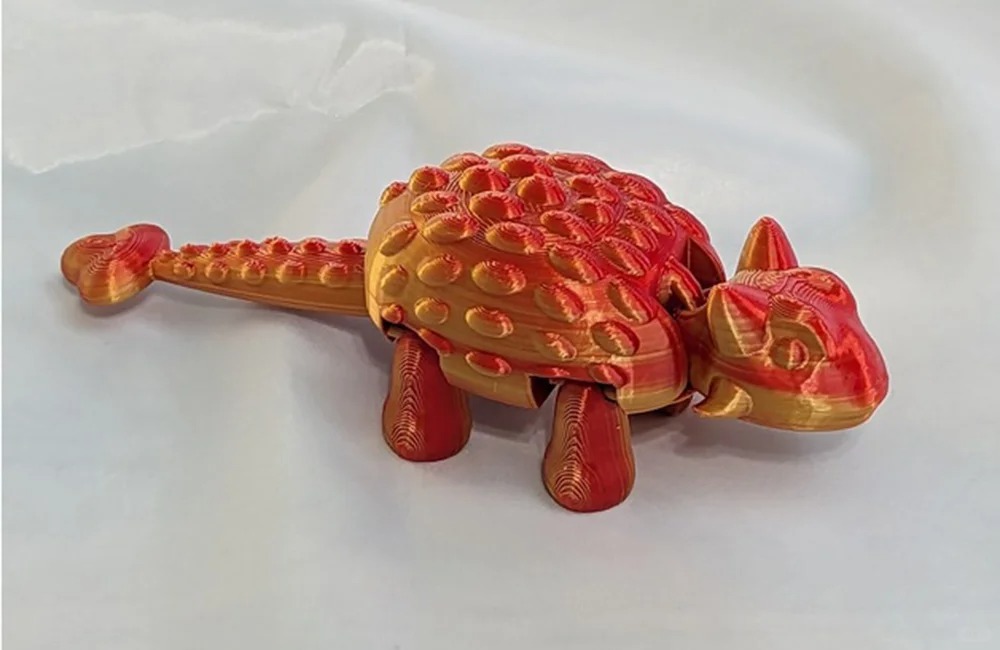High-Quality Plastic 3D Printing: From PLA to Carbon-Fiber Filaments
Introduction to Advanced Plastic 3D Printing
Plastic 3D printing has evolved from prototyping to full-scale production with advanced filaments like carbon fiber-reinforced thermoplastics. These materials offer enhanced strength, rigidity, and thermal resistance while preserving the geometric freedom of additive manufacturing.
At Neway Aerotech, our plastic 3D printing services include both standard and high-performance polymers, supporting durable functional parts across aerospace, automotive, and industrial sectors.
Plastic 3D Printing Technology Overview
Classification of Plastic 3D Printing Processes
Process | Layer Thickness (μm) | Dimensional Tolerance (mm) | Surface Roughness (Ra, μm) | Print Speed (mm/s) | Key Strength (MPa) |
|---|---|---|---|---|---|
FDM | 100–300 | ±0.2–0.5 | 10–20 | 40–100 | 30–85 |
SLA | 25–100 | ±0.05–0.15 | 1–5 | 20–60 | 35–60 |
SLS | 80–120 | ±0.1–0.3 | 8–12 | 30–70 | 45–75 |
MJF | 70–100 | ±0.1–0.25 | 6–10 | 60–100 | 50–80 |
Note: Strength varies based on material and infill parameters.
Process Selection Strategy
FDM: Ideal for carbon fiber composites, large-format builds, and functional testing of reinforced thermoplastic parts.
SLA: Best for cosmetic models, medical devices, and fine-detail engineering fit-checks.
SLS: Suitable for strong, complex geometries without support structures, including snap-fit and interlocking designs.
MJF: Recommended for high-volume plastic components with uniform mechanical properties and fine feature resolution.
Engineering Filament Materials
Material Comparison: PLA to Carbon Fiber Composites
Material | Tensile Strength (MPa) | HDT (°C) | Key Traits | Applications |
|---|---|---|---|---|
PLA | ~60 | ~55 | Easy to print, cost-effective | Display models, low-load prototypes |
ABS | ~45 | ~96 | Good machinability and impact strength | Enclosures, fixtures, snap fits |
PETG | ~50 | ~70 | Strong, chemical-resistant, semi-flexible | Containers, housings, structural test parts |
Nylon PA12 | ~50 | ~180 | High wear resistance, semi-flexible | Moving parts, connectors, living hinges |
Carbon Fiber PLA | ~70 | ~60 | Lightweight, stiff, matte finish | Brackets, structural jigs, frames |
Carbon Fiber Nylon | ~85 | ~150 | High stiffness, fatigue resistance | End-use industrial parts, UAV components |
Carbon Fiber PETG | ~75 | ~90 | Chemically durable, low warp | Automotive brackets, robot arms |
Material Selection Strategy
PLA: Chosen for low-cost concept validation and fast print iterations.
ABS: Applied when dimensional stability and strength are needed for functional prototypes.
PETG: Balanced solution for mechanical strength and ease of printing.
Nylon PA12: Excellent for durable, high-temperature components exposed to wear or flexing.
Carbon Fiber PLA: Used for aesthetic and lightweight load-bearing applications with improved rigidity.
Carbon Fiber Nylon: Best for strong end-use parts under mechanical stress and elevated temperatures.
Carbon Fiber PETG: Ideal when parts demand both stiffness and chemical resistance without post-processing distortion.
Case Study: 3D Printed Carbon Fiber Nylon Brackets for Industrial Equipment
Project Background
A client in the industrial automation sector required a high-strength, thermally stable bracket to support cable tension arms inside an automated robotic cell.
Manufacturing Work Flow
Material: Carbon Fiber Nylon selected for its 85 MPa tensile strength and 150 °C heat deflection temperature.
Design Validation: Wall thickness and chamfering optimized to minimize delamination and warping during high-torque mounting.
3D Printing: FDM printing on a heated chamber printer with hardened nozzles; 0.6 mm nozzle and 0.2 mm layers.
Post Processing: Supports removed manually; holes reamed to ±0.1 mm tolerance; surface lightly polished for consistent fit.
Assembly Testing: Torque loading up to 18 Nm validated without crack propagation or fiber delamination under repeated loading.
Post Process
Support Removal: Conducted manually with reinforced tools due to high fiber content and dense interface layers.
Dimensional Finishing: Threaded holes tapped to M4–M6 range; planar surfaces sanded flat.
Inspection: Verified using 3D scanning system to ensure geometric conformance and surface uniformity.
Results and Verification
All brackets maintained ±0.15 mm tolerance post-print and post-process, even after torque testing at mechanical limit.
Component lifespan exceeded 100,000 cycles under field conditions with no mechanical failure or structural fatigue.
Final units were used as end-use components with no tooling investment, enabling faster deployment to production.
Lead time from STL approval to assembled field installation was completed in 5 working days.
FAQs
What are the advantages of carbon fiber reinforced plastic over standard filaments?
Can carbon fiber materials be used for high-heat or structural load applications?
What printer technology is required for carbon fiber filament 3D printing?
How accurate are the final parts using reinforced filaments?
Do carbon fiber printed parts require post-processing or annealing?

